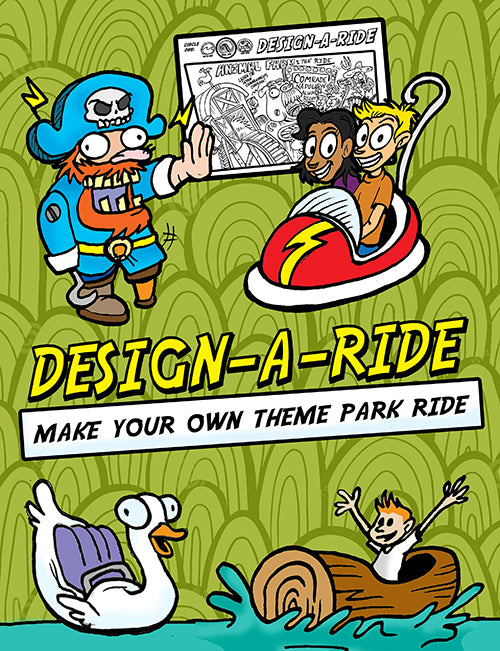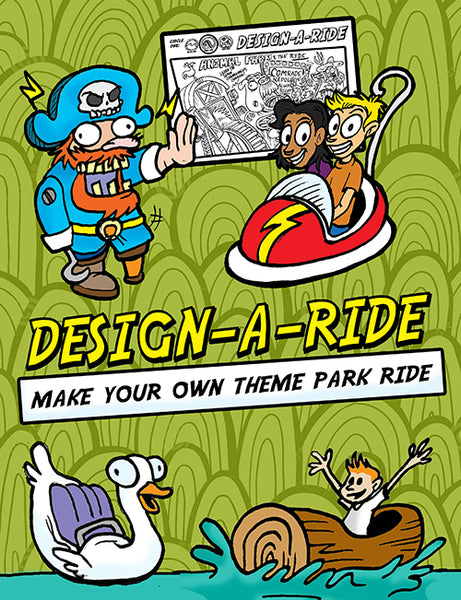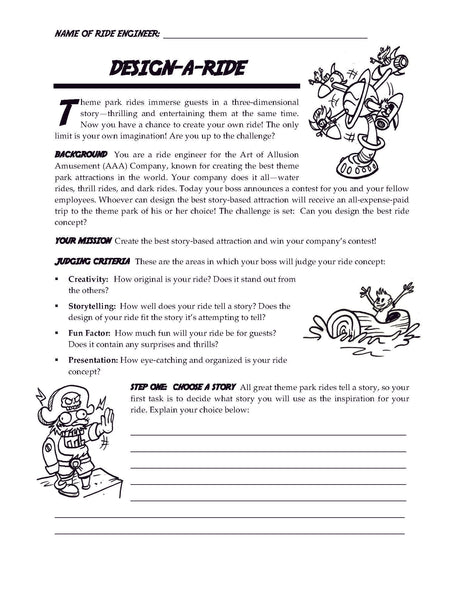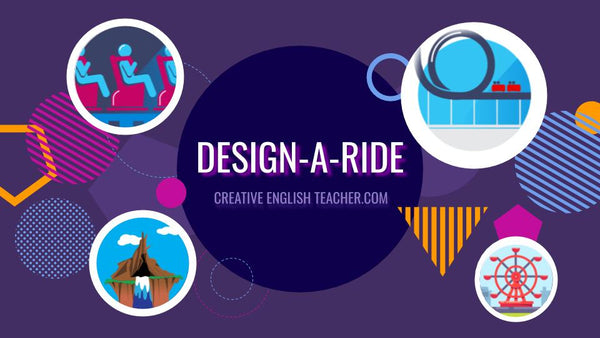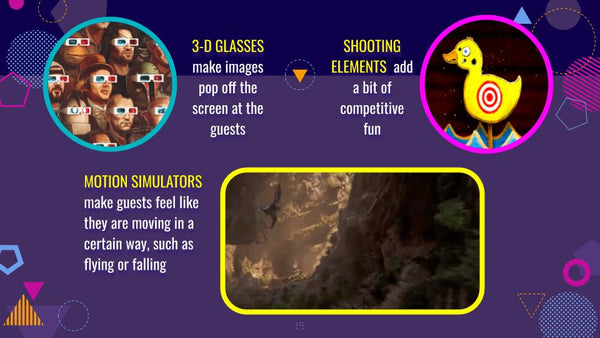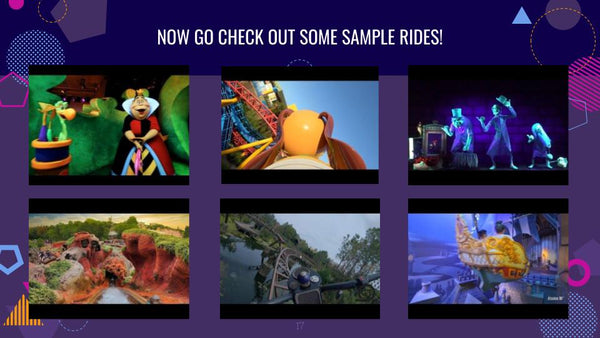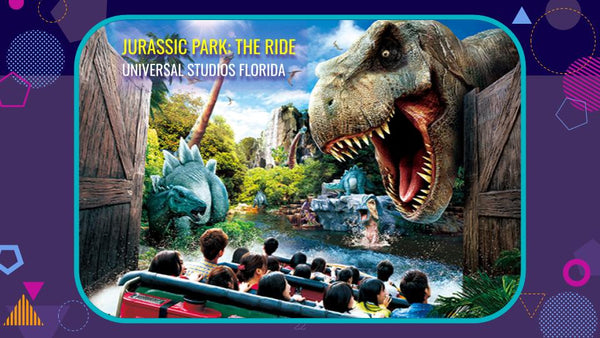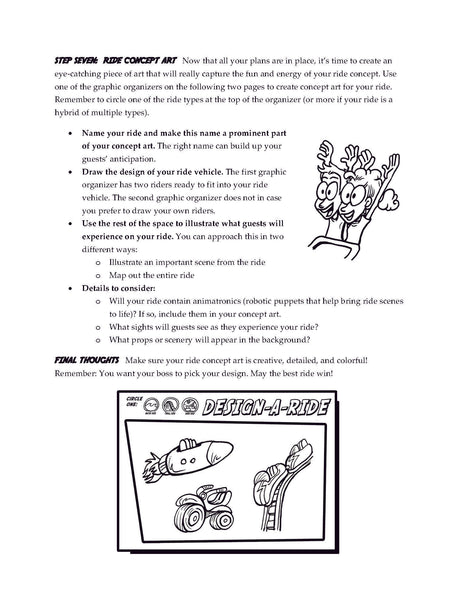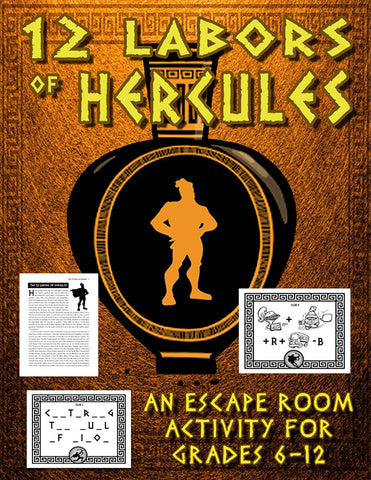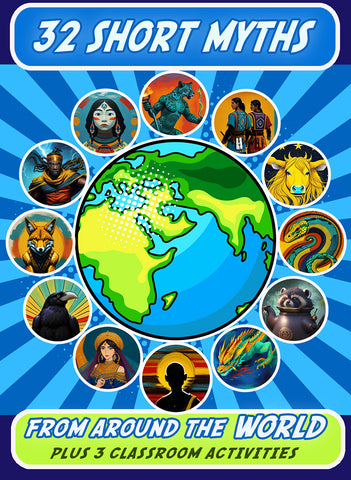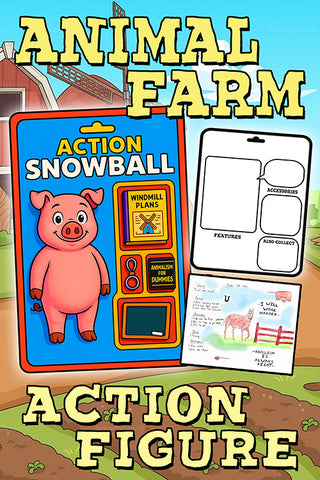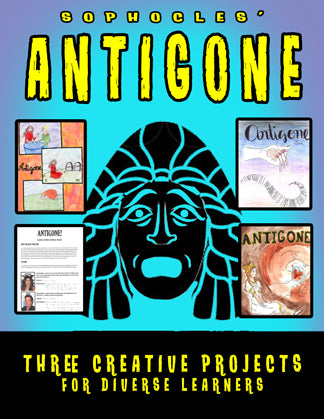Design-a-Ride Project Packet: Create Your Own Theme Park Ride
Theme park rides generate ultimate excitement! So give your students the chance to put their creativity to the test and create a story-based attraction! Whether you teach history or English/Language Arts, your students will find it simple to put a creative spin on a story of their choosing and display their content knowledge at the same time. Just think: Dante’s Infernal Ride, The Custer Coaster’s Last Stand, or Huck Finn’s River Rampage. What could be a more exciting way to end a unit?
As ride engineers for the AAA (Art of Allusion Amusement) Company, students will compete to see who can develop the best story-based ride design. This project outlines three basic types of rides (thrill rides, dark rides, and water rides), gives students an overview of how professionals create their attractions, and provides point-of-view example videos for them to experience. The user-friendly project packet walks students through the steps of creating their own ride using writing prompts. The graphic organizers prompt students to create concept art for their attraction.
This project packet includes the following:
- Interactive project presentation outlining the various types of theme park rides, providing point-of-view videos of popular rides, and sparking the brainstorming process (available in Powerpoint, PDF, and Google Slides format)
- 3-page ride development handout with cartoon illustrations
- Graphic organizer for the ride presentation with two different presentation options
- 3 student examples from varying grade levels: 4th-12th
This project teaches:
- Descriptive writing
- Persuasive writing
- Mood
- Creativity
- Design concepts
How it works: First, students experience an animated, interactive presentation that gives an overview of the types of rides, theories about ride design from pros like the Disney Imagineers, and point-of-view videos of popular theme park rides. Students then respond to prompts through writing: explaining their story of choice and their rationale for choosing it, describing how they plan to design the ride vehicle, and writing an advertisement-style description of the ride. For their final product, the students will create concept art for their ride (either a map of the ride or a single scene that captures the feel of the ride).

